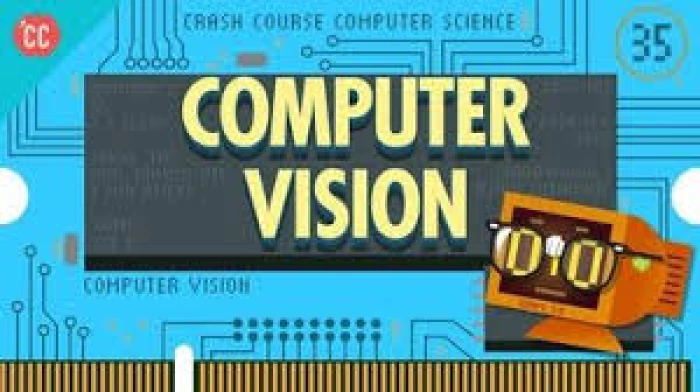 Marenahalli, 2nd Phase, J. P. Nagar, Bengaluru, Karnataka 560078
Marenahalli, 2nd Phase, J. P. Nagar, Bengaluru, Karnataka 560078 expert+myindex.in@gmail.com
expert+myindex.in@gmail.com +91 9019358282
+91 9019358282

Ø Business Analysis Overview & origin.
Ø What is Business Analysis & Who is a Business Analyst
(Functions)
Ø Types of IT companies.
Ø IT hierarchy
Ø Stake Holders and types of Stake holders.
Ø SPOC, SCOPE, SCOPE CREEP.
Ø Business Analyst Prerequisites
Ø Roles and Responsibilities of a BA
Ø Do’s and Don’ts. Of a BA.
Ø Problems faced by a BA with stakeholders in gathering requirements.
Ø Stages in Business Analysis
Ø SDLC (Software Development Life Cycle)-Phases:
Ø Enterprise planning
Ø Designing phase
Ø Development phase
Ø Testing phase
Ø Installation phase
Ø Maintenance phase
Ø Role of a BA in each phase
Ø SDLC-Methodologies and Models
ü Sequential Methodology/Water fall model
ü Iterative methodology/RUP
ü Evolutionary Methodology/spiral model/prototyping model
A. What are prototypes and
different types?
B. Difference between a
wireframe, prototype and mockup
ü Agile Methodology/XP or Scrum
Ø Difference between method and model
Ø 6-knowledge Areas or Stages in Business Analysis:
Ø Enterprise Analysis (Parito analysis, fish bone analysis, SWOT
analysis, GAP analysis, Feasibility study, Business case writing)
Ø Requirement Planning and Management(RACI-Responsible, accounted,
consulted and informed)
Ø Requirement Elicitation or gathering(Techniques of gathering
requirements)
Ø Requirement Communication
Ø Requirement Documentation
Ø Solution assessment and validation.
Ø Requirements and types.
Ø Guide lines for good requirements.
Ø Parameters of good requirement.
Ø What is requirement gathering?
Ø How to conduct requirement gathering session-phases.
Ø Mistakes and challenges associated with requirement gathering.
Ø Types of Documents prepared by a BA and their Standards(BRD &
SRS Documents)
Ø Contents of SRS & BRD documents
Ø Preparation of SOW.
Ø SOW-contents.
Ø RTM (Requirement Traceability Matrix).
Ø OOPS concepts
Ø Elements of OOPS
Ø Application of OOPS
Ø MVC architecture
Ø 2-tier & 3-tier architecture.
Ø UML introduction and diagrams
Ø Use case Diagrams-Relationships in Use case Diagrams.
Ø Extend and Include Functions.
Ø Contents of Use Case description Documents
Ø Sequence Diagrams(Brief Introduction)
Ø Activity Diagrams(Brief Introduction)
Ø Software’s used for preparing UML diagrams, Documentation and
Prototypes
Ø What is BPM(Business Process Modeling)
Ø RUP(Rational Unified Processing)-phases
Ø Documents prepared in RUP
Ø RAD(Rapid Application Development)
Ø Stages in RAD.
Ø Types of servers
Ø Development Server.
Ø UAT server.
Ø How to do UAT testing and important points to be followed while
doing UAT testing
Ø Production server
Ø Role of BA in each server.
Ø Testing-areas of testing
Ø Types of Testing
Ø Introduction to QA Methodology
Ø Role of BA in Testing
Ø Creating Test Plans
Ø Creating Test Cases
Ø Different Testing Methods
Ø Functional and Regression testing
Ø White Box and Black Box Testing
Ø Positive and Negative Testing
Ø GUI and Unit Testing
Ø User Acceptance Testing
Ø Change Management Process
Ø Reasons for requirement changes
Ø Change request
Ø Change of scope
Ø Acceptable changes
Ø How to handle Change request
Ø Important points to be considered while handling CR
Ø How Project is initiated.
Ø Software bidding process.
Ø Basic knowledge of project includes
ØCourse Syllabus
BA ONLINE TRAINING

MS Word (Document Formatting, Templates)
MS Excel (Formulas, Charts, Data Analysis)
MS PowerPoint (Presentation Design, Transitions)
MS Access (Database Management)